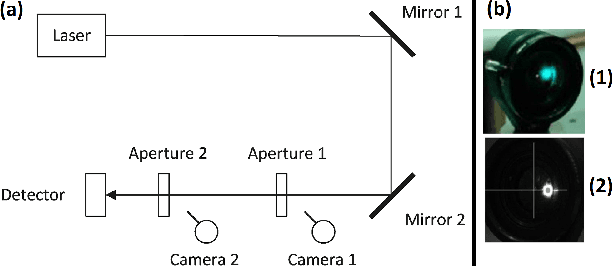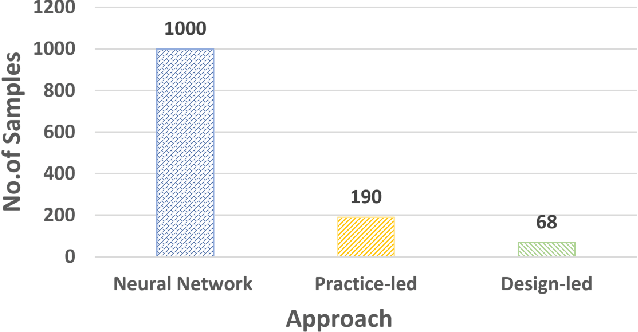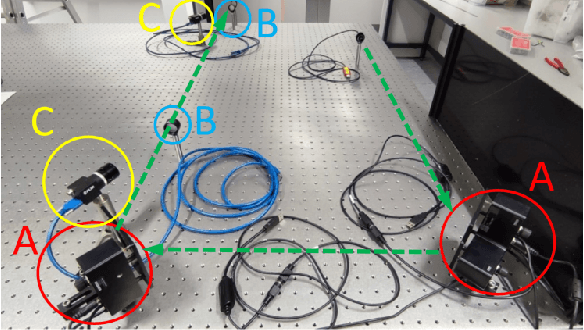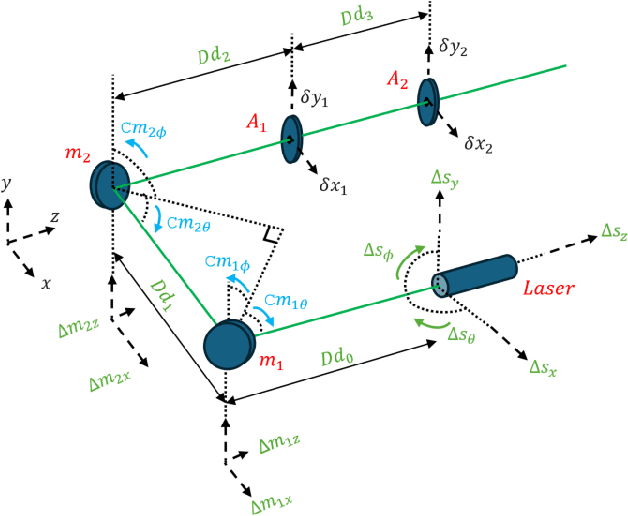Mustafa Erden
Three Approaches to the Automation of Laser System Alignment and Their Resource Implications: A Case Study
Sep 17, 2024



Abstract:The alignment of optical systems is a critical step in their manufacture. Alignment normally requires considerable knowledge and expertise of skilled operators. The automation of such processes has several potential advantages, but requires additional resource and upfront costs. Through a case study of a simple two mirror system we identify and examine three different automation approaches. They are: artificial neural networks; practice-led, which mimics manual alignment practices; and design-led, modelling from first principles. We find that these approaches make use of three different types of knowledge 1) basic system knowledge (of controls, measurements and goals); 2) behavioural skills and expertise, and 3) fundamental system design knowledge. We demonstrate that the different automation approaches vary significantly in human resources, and measurement sampling budgets. This will have implications for practitioners and management considering the automation of such tasks.
ArBanking77: Intent Detection Neural Model and a New Dataset in Modern and Dialectical Arabic
Oct 29, 2023Abstract:This paper presents the ArBanking77, a large Arabic dataset for intent detection in the banking domain. Our dataset was arabized and localized from the original English Banking77 dataset, which consists of 13,083 queries to ArBanking77 dataset with 31,404 queries in both Modern Standard Arabic (MSA) and Palestinian dialect, with each query classified into one of the 77 classes (intents). Furthermore, we present a neural model, based on AraBERT, fine-tuned on ArBanking77, which achieved an F1-score of 0.9209 and 0.8995 on MSA and Palestinian dialect, respectively. We performed extensive experimentation in which we simulated low-resource settings, where the model is trained on a subset of the data and augmented with noisy queries to simulate colloquial terms, mistakes and misspellings found in real NLP systems, especially live chat queries. The data and the models are publicly available at https://sina.birzeit.edu/arbanking77.
 Add to Chrome
Add to Chrome Add to Firefox
Add to Firefox Add to Edge
Add to Edge